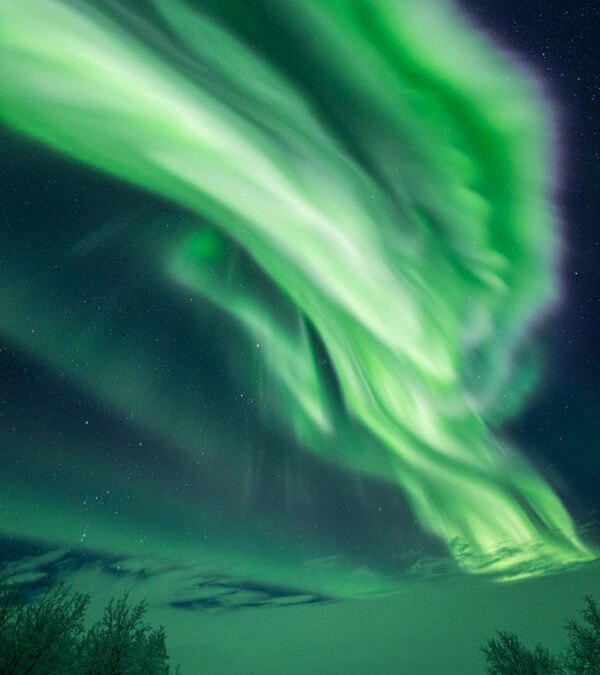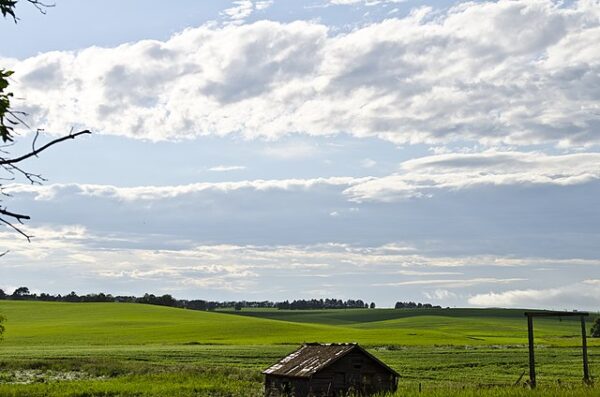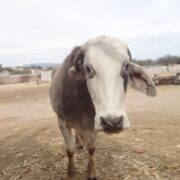
There’s a new meaning behind Swan Lake if you are a resident of Oakland County, Michigan. Last week, residents living on Voorheis Lake in Orion Township saw an injured swan suffering in the middle of their lake, and they called the police for help.
Worried about walking on the ice and unable to get a boat on the frozen lake, the Oakland County Sheriff Department devised an ingenious plan: they’d use a hovercraft to help the wounded bird.
A local Fox station wrote, “Their search and rescue team arrived at about 10 a.m. today. It used the Hovercraft to break the ice around the swan in hopes of opening a path in the lake, allowing the swan to swim free.
When it became clear the swan could not help itself, the team used a blanket to cover the swan’s head and carefully removed it from the lake.
It was estimated the swan was on the lake for more than 24 hours.
‘Our team always rises to the occasion to rescue anyone or anything in distress,’ Sheriff Michael Bouchard said. ‘I am proud of their efforts and optimistic that an animal rehabilitator will be able to nurse this swan back to full health to be released.””
Oakland County Sgt. Brian Burwell told Channel 4 News that the swan had injured its leg during the ordeal. They turned the beautiful bird over to Oakland County Animal Control so that veterinarians could give it some treatment. The swan is scheduled to go to an animal rescue group, where it will receive more rehab and get on the road to full recovery.
What the heck was a swan doing in Michigan in December anyway?
Michigan is part of the migratory prrwen od Tundra Swans, which nest on arctic tundra. A bird-watching website says, “All four species of swans found in North America have been spotted in Michigan. They are the Mute Swan, Trumpeter Swan, Tundra Swan, and Whooper Swan.”
The swan that was saved was likely a Tundra Swan. “Tundra Swans breed in the Canadian Arctic and coastal Alaska. They migrate to the Pacific Northwest and sites inland. They also migrate for winter to the Great Lakes and the coastal mid-Atlantic,” according to experts.
“You can find Tundra Swans, as their name suggests, on Arctic tundra. They mostly form flocks in wetlands, marshy lakes, ponds, estuaries, and bays. They also flock together in agricultural fields.
Tundra Swans mostly eat aquatic vegetation, which they forage for by sticking their head underwater. They also use their large webbed feet to dig around the bottom. They also eat grass and grass-like vegetation when on land. Crops, like potatoes and corn, are their diet when they’re on agricultural fields, especially after harvest time.”
I guess you can learn something new every day!
[Read More: Principal Surprises Students By Standing On The Roof For Christmas]









